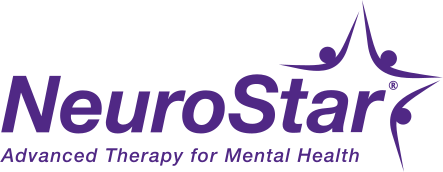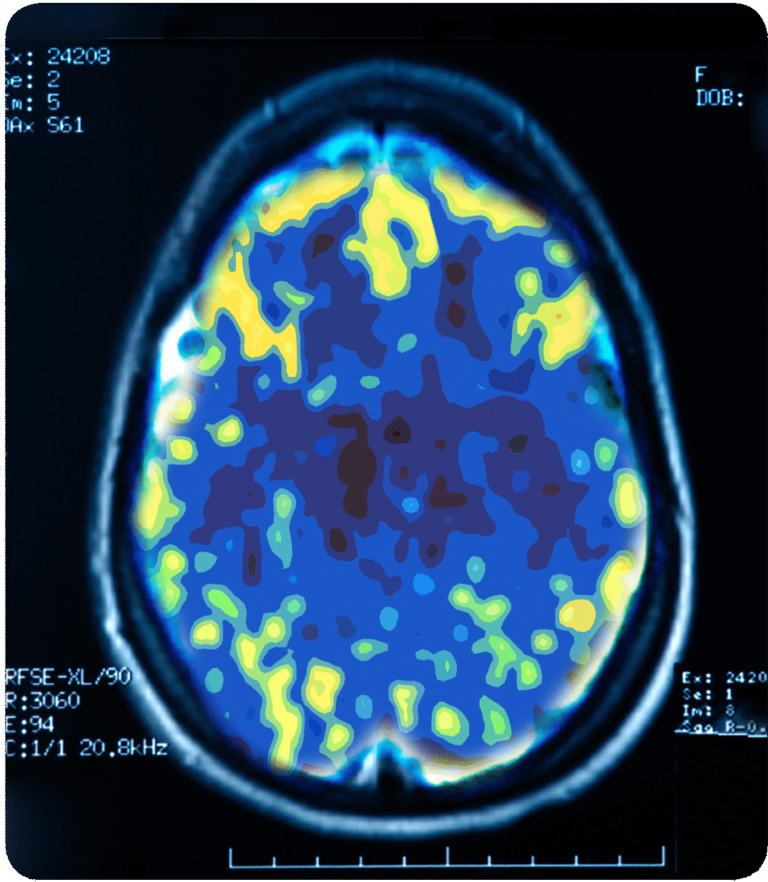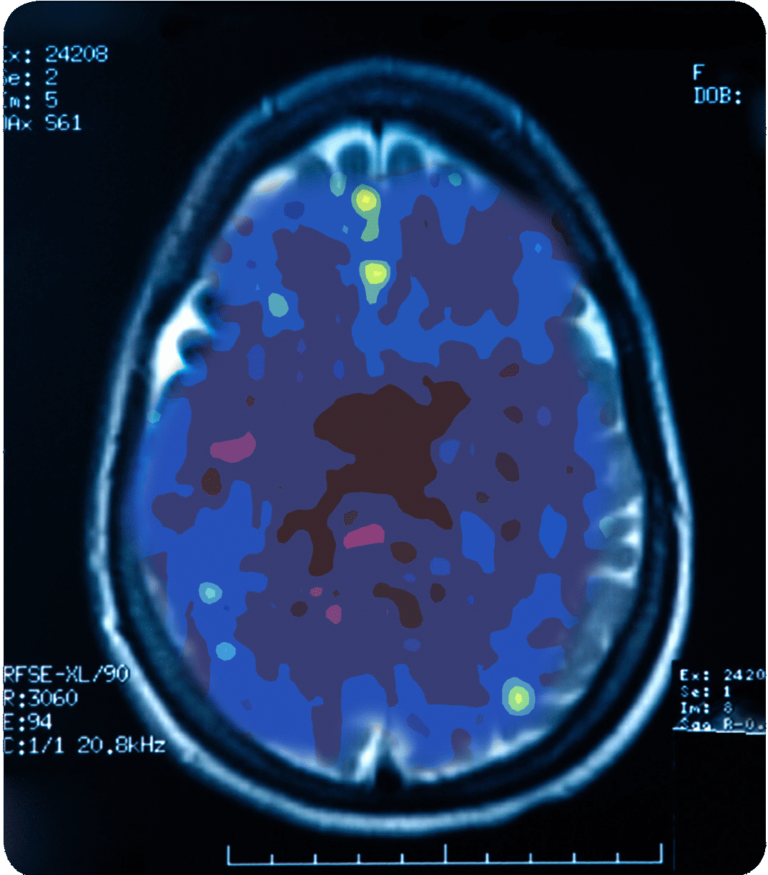About NeuroStar® TMS Therapy
NeuroStar uses transcranial magnetic stimulation (TMS) which is FDA approved (for Major Depressive Disorder), to target key areas of the brain that are underactive in people with depression. It is not ECT (electroconvulsive therapy).
Depression is thought to be caused by an imbalance of the brain’s neurotransmitters, which are chemical messengers that send signals between the brain cells.





